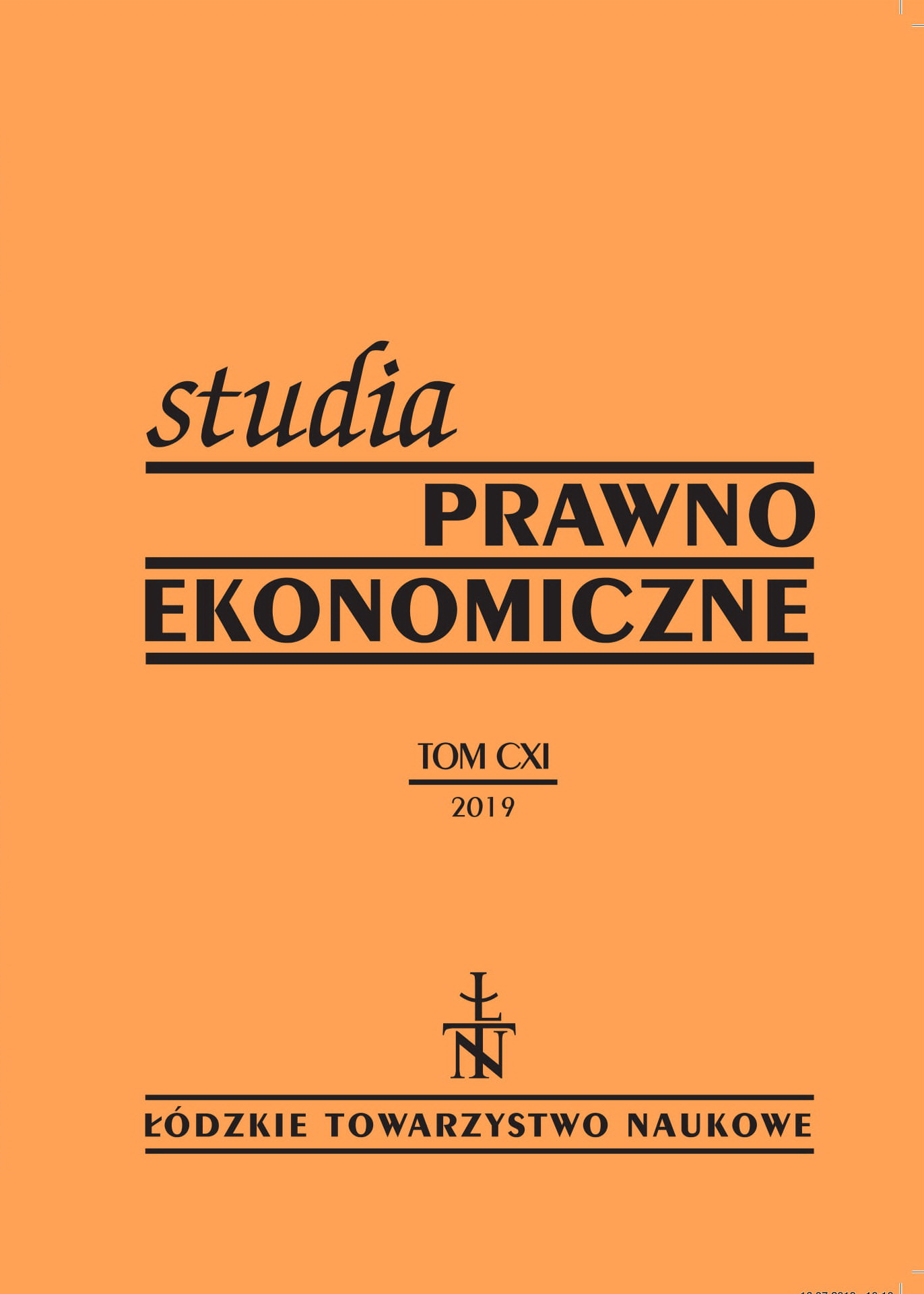Japan’s Expansionary Monetary Policy under Abenomics (2013–2018)
DOI:
https://doi.org/10.26485/SPE/2019/111/17Keywords:
Abenomics; ultra-loose monetary policy; price levelAbstract
A major part of Abenomics is based on NKE (New Keynesian Economics) and its recommendations to adopt certain measures of state intervention when the economy is operating under its potential. This has been the case for Japan over the last two decades. Economists posit that a sustainable, mild inflation might be a remedy for Japan’s prolonged recession. This paper examines the expansionary monetary policy tools of the Bank of Japan (BOJ) and their impact on inflation targets and the CPI (consumers price index). It argues that they are efficient only with reference to the monetary base increases, but overall they are not sufficient. Bolder measures are necessary to improve the Japanese economy and boost domestic demand, including structural reforms; in particular overcoming the expanding income disparities in Japanese society. The following methods of research have been applied in this paper: economic data analysis; case study; documents analysis; cause-and-effect analysis.
Downloads
References
Arslanalp Serkan, Botman Dennis, Portfolio Rebalancing in Japan: Constraints and Implications for Quantitative Easing, IMF Working Paper, WP/15/186, International Monetary Fund, 2015.
Bank of Japan Statement on Monetary Policy, New Framework for Strengthening Monetary Easing: “Quantitative and Qualitative Monetary Easing with Yield Curve Control”, Bank of Japan, September 21, 2016.
Bank of Japan Statement on Monetary Policy, Strengthening the Framework for Continuous Powerful Monetary Easing, Bank of Japan, July 31, 2018.
Bernanke Ben S., Some reflections on Japanese monetary policy, Brookings Institution, May 23, 2017, p. 15.
Bernanke Ben S., What tools does the Fed have left? Part 2: Targeting longer-term interest rates, Brookings, 2016, https://www.brookings.edu/blog/ben-bernanke/2016/03/24/what-tools-does-the-fed-have-left-part-2-targeting-longer-term-interest-rates; accessed 18.10.2018.
Blanchard Olivier, Posen Adam, Getting Serious About Wage Inflation in Japan, Nikkei Asian Review, December 15, 2015.
Financial Services Agency, Summary Points from Progress and Assessment of the Strategic Directions and Priorities 2015–2016, September 2016, http://www.fsa.go.jp/en/ news/2016/20161028-2/01.pdf; accessed 19.10.2018.
Fukazu Makoto, BOJ’s easy money policy led to excessive loans; chances to restore fiscal health slim, The Mainichi, 2018, https://mainichi.jp/english/articles/20180918/ p2a/00m/0na/039000c; accessed 22.10.2018.
Ice Lindsey, Japan: BoJ remains committed to ultra-loose monetary policy, introduces forward guidance to alleviate negative effects, FocusEconomics, July 31, 2018.
Jonsson Magnus, Reslow Andree, Interest and inflation rates through the lens of the theory of Irving Fisher, Sveriges Riksbank Economic Review, 2015:2, September 09, 2015.
Kuroda Haruhiko, Japan’s Experience of Overcoming the Zero Lower Bound, Bank of Japan, January 12, 2016.
Ledbetter James, Commentary: Are central banks embracing too much risk?, Reuters, 2018, https://www.reuters.com/article/us-ledbetter-centralbanks-commentary/commentary-are-central-banks-embracing-too-much-risk-idUSKBN1JN1YT; accessed 19.10.2018.
Shirai Sayuri, Mission incomplete. Reflating Japan’s Economy, Asian Development Bank Institute, Tokyo 2016.
Stiglitz Joseph, A Better Economic Plan for Japan, The Guardian, September 15, 2016.
Stockman David, Japan’s Keynesian Demise: A Cautionary Tale For Our Times, 2014, http://davidstockmanscontracorner.com/japans-keynesian-demise-a-cautionary-tale-for-our-times; accessed 21.10.2018.
Storey David, Li Shi, Assessing the BOJ’s yield curve control policy, Asian Development Bank Institute, 2017, https://www.asiapathways-adbi.org/2017/03/assessing-the-bojs-yield-curve-control-policy; accessed 14.10.2018.



